A study has found 2.2 million more people in the UK will need to make sacrifices on essentials like putting food on the table or replacing clothes this year.
The analysis by the New Economics Foundation (NEF) thinktank shows many of the families feeling the brunt of the cost of living crisis are on middle incomes, with average earnings from work of £33,000 a year.
As well as food and clothes, sacrifices could include costly trips to the dentist, NEF said.
It is calling for the creation of a new social security system, or ”Living Income”, to set an ”income floor” based on the minimum income standard (MIS), below which no one can fall whether they are in or out of work.
MIS is the UK’s primary approach to measuring living standards based on need and is used to calculate the “real” Living Wage paid by a fast-growing number of businesses.
NEF economist Sam Tims said: “The cost-of-living crisis will deepen inequality in Britain and yet no political party is talking seriously about addressing the enormity of this challenge by fixing our broken social safety net.
“The worsening crisis makes clear that we urgently need a bold new way of doing income support to ensure households do not fall into deeper levels of destitution.
“Poverty limits people’s freedom, restricts education and health outcomes and reinforces the imbalance in our economy.”
The cost-of-living crisis will deepen inequality in Britain and yet no political party is talking seriously about addressing the enormity of this challenge.”
Sam Tims, economist, New Economics Foundation.
NEF has set out four steps towards a Living Income:
- Auto-enrolling everyone in the UK on the universal credit system so new payments start to be processed automatically as soon as anyone becomes eligible. NEF said this would ensure the 1.3 million people missing out on payments worth an average of £7,300 a year would receive the support they are entitled to.
- Restoring the £20 uplift for universal credit and extending it to all other means-tested benefits to ensure the poorest are at least made no worse off on average by recent price rises.
- Investing a further £7-8 billion in universal credit to lift families closer to the MIS.
- Uprating benefits by the latest level of inflation to ensure incomes rise alongside prices.
NEF found that, overall, 23.5 million people in the UK will be unable to afford the cost of living this year.
The modelling shows the average cost of essentials for UK families is rising by £2,300 or 6% of average household income, compared to last year.
But this rise won’t be felt equally across all households.
UK’s poorest the hardest hit
According to NEF, the rise in costs for the poorest half of people is nine times larger than for the richest 5% as a proportion of income, and for families in the middle of the income distribution the increase is six times larger.
White households are seeing an average increase in costs of essentials of £2,200 (5% of their income), while the increase for black, Asian and minority ethnic (Bame) households is £2,900 (8% of their income), NEF said.
This means Bame households are on average 1.6 times more affected by the cost of living than their white counterparts.
The analysis also shows the fuel duty cut and increase to the National Insurance threshold announced in the chancellor’s spring statement leaves the richest 5% of families £600 better off each year, whereas the poorest half of households will only see an average increase of £300.
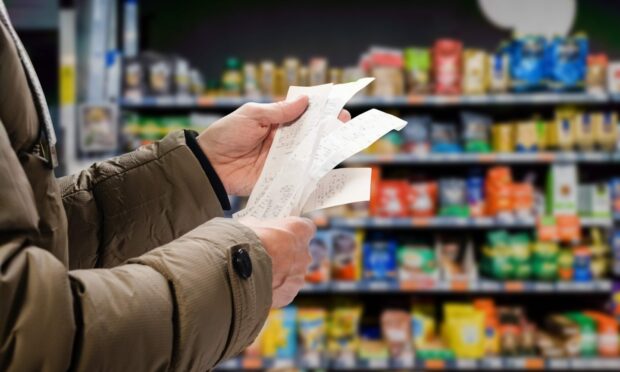
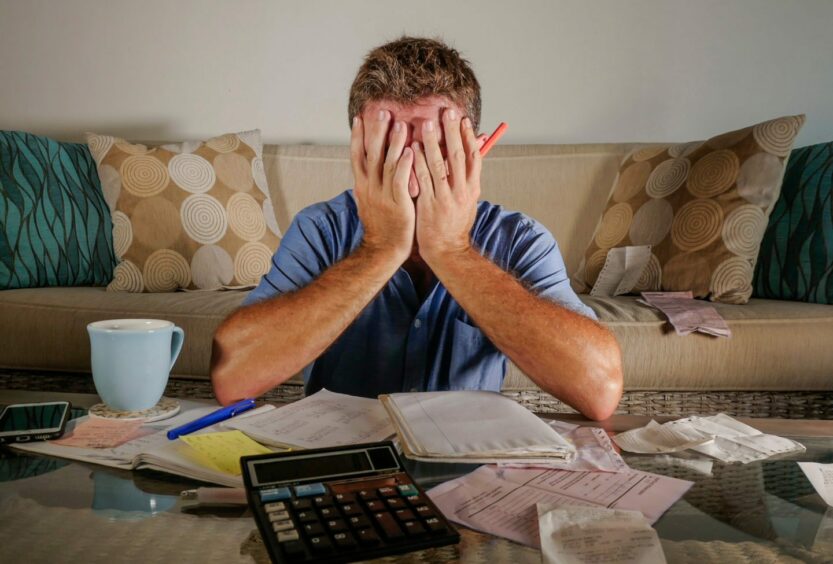
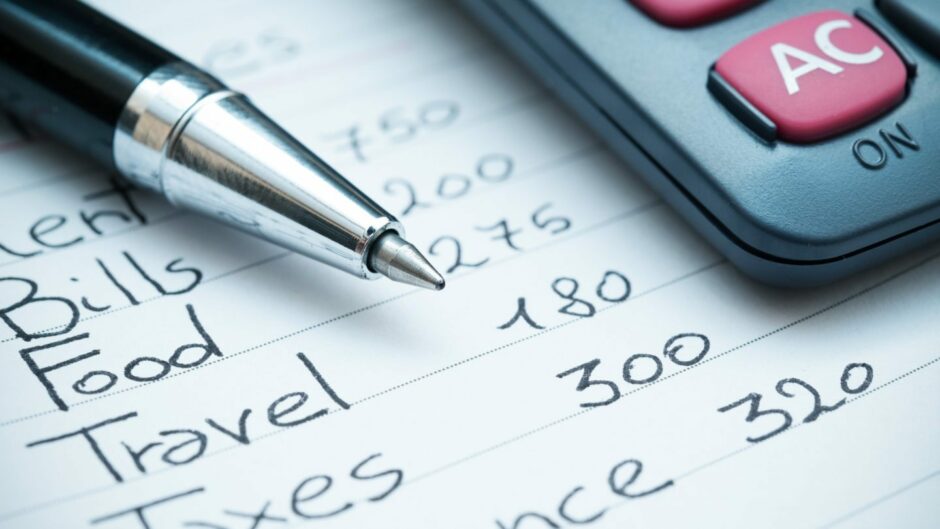

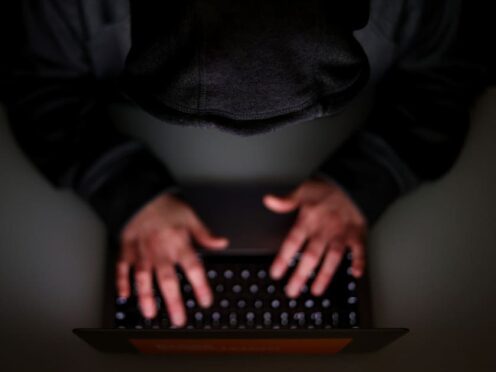
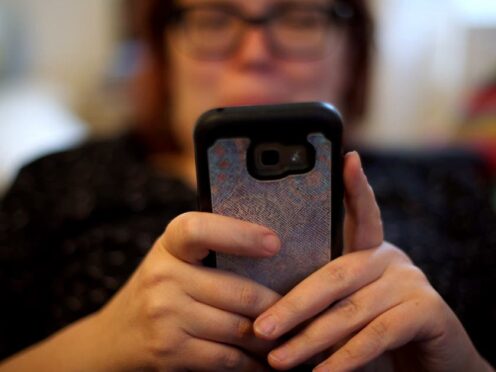
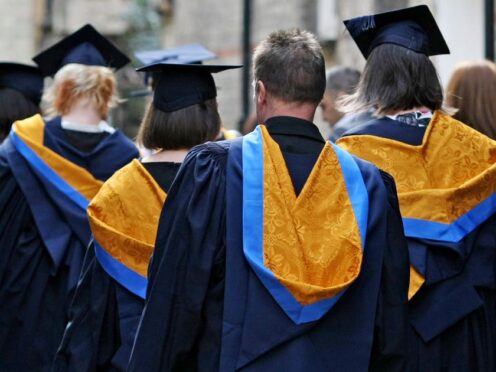
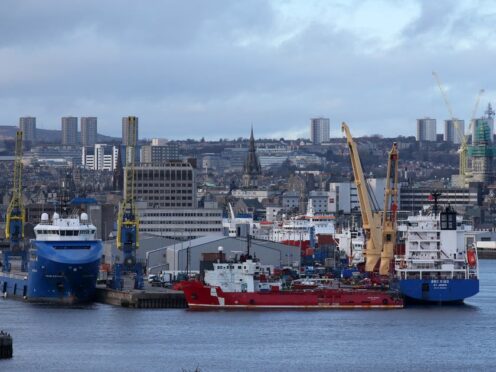
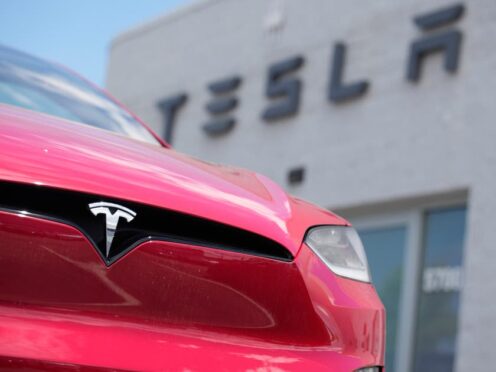
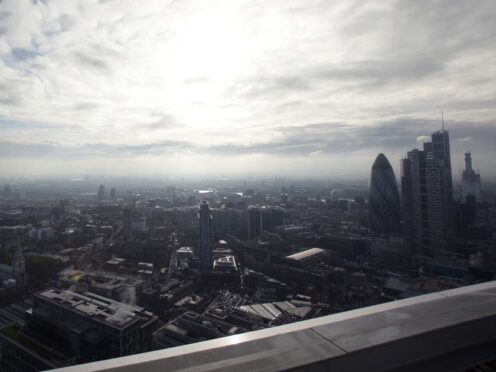
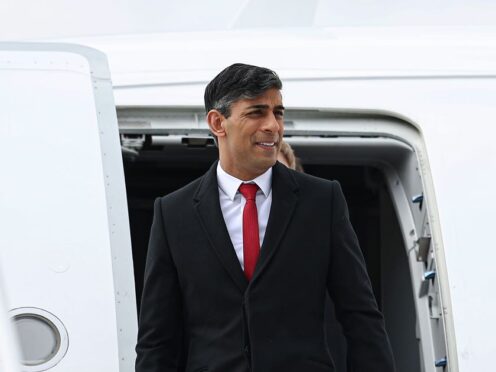
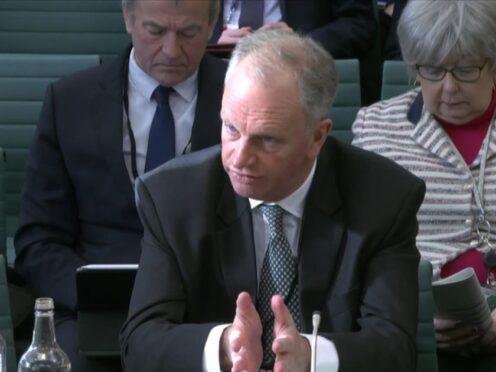
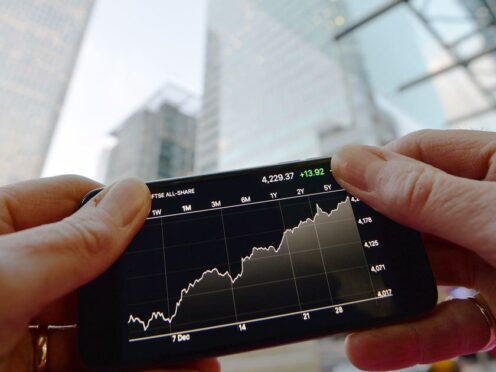
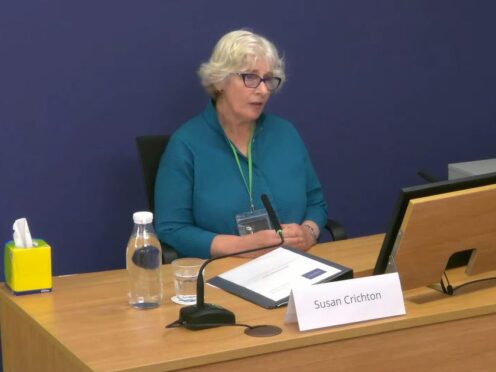
Conversation